Rising Urbanization
The increasing trend of urbanization is a pivotal driver for the Building Acoustic Insulation Market. As more individuals migrate to urban areas, the demand for residential and commercial buildings escalates. This surge in construction activities necessitates effective acoustic insulation solutions to mitigate noise pollution, which is a common issue in densely populated regions. According to recent data, urban areas are expected to house approximately 68 percent of the world's population by 2050, amplifying the need for soundproofing materials. Consequently, manufacturers are focusing on developing innovative acoustic insulation products that cater to the specific needs of urban environments, thereby propelling the growth of the Building Acoustic Insulation Market.
Growth in Construction Activities
The ongoing expansion of construction activities across various sectors is a significant driver for the Building Acoustic Insulation Market. With the rise in infrastructure development, including residential, commercial, and industrial projects, the demand for effective acoustic insulation solutions is on the rise. Recent statistics indicate that the construction industry is projected to grow at a compound annual growth rate (CAGR) of approximately 5.5 percent over the next few years. This growth is likely to be accompanied by an increased focus on soundproofing materials to address noise concerns in new buildings. As a result, the Building Acoustic Insulation Market is expected to benefit from this upward trend in construction activities.
Increased Awareness of Noise Pollution
Growing awareness regarding the adverse effects of noise pollution on health and well-being is significantly influencing the Building Acoustic Insulation Market. Research indicates that prolonged exposure to high noise levels can lead to various health issues, including stress, sleep disturbances, and cardiovascular problems. As a result, consumers and builders are increasingly prioritizing sound insulation in both residential and commercial projects. This heightened awareness is driving demand for high-performance acoustic insulation materials that can effectively reduce noise transmission. The market is witnessing a shift towards products that not only provide soundproofing but also enhance overall living conditions, thus fostering the expansion of the Building Acoustic Insulation Market.
Technological Innovations in Materials
Technological advancements in materials science are revolutionizing the Building Acoustic Insulation Market. Innovations such as the development of advanced composite materials and eco-friendly insulation solutions are enhancing the performance and sustainability of acoustic insulation products. For instance, the introduction of sound-absorbing panels made from recycled materials is gaining traction among environmentally conscious consumers. Furthermore, the integration of smart technologies in insulation materials, such as sensors that monitor sound levels, is emerging as a trend. These innovations not only improve the effectiveness of soundproofing but also align with the growing demand for sustainable building practices, thereby driving the growth of the Building Acoustic Insulation Market.
Regulatory Standards and Building Codes
The establishment of stringent regulatory standards and building codes is a crucial driver for the Building Acoustic Insulation Market. Governments and regulatory bodies are increasingly mandating the incorporation of sound insulation in new constructions to enhance the quality of life for residents. Compliance with these regulations often requires builders to invest in high-quality acoustic insulation materials, thereby boosting market demand. For instance, many regions have implemented noise control regulations that necessitate specific sound transmission class (STC) ratings for building materials. This regulatory landscape compels manufacturers to innovate and produce compliant products, thus fostering the growth of the Building Acoustic Insulation Market.


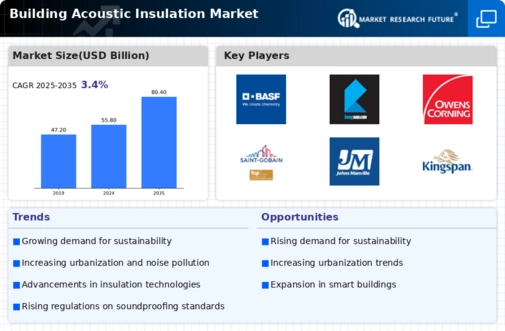


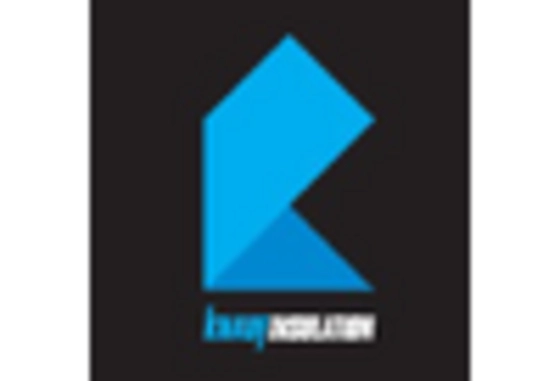
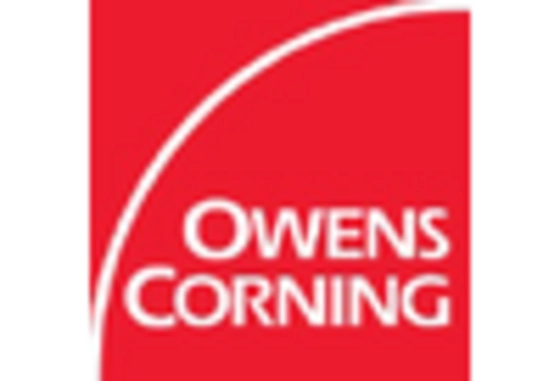
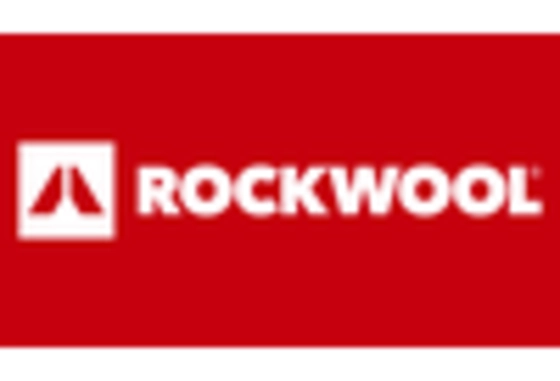
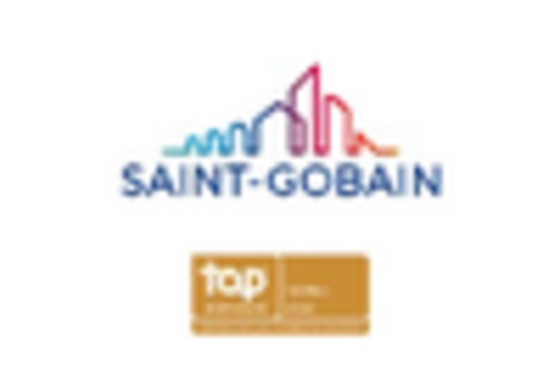








Leave a Comment